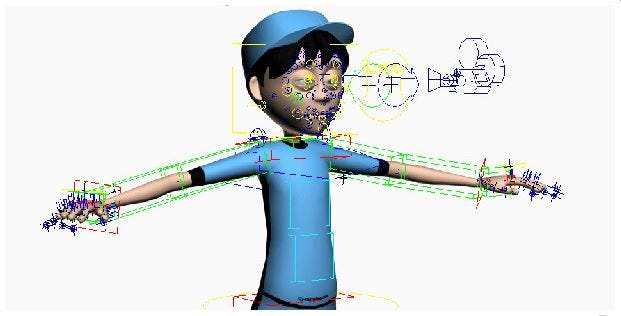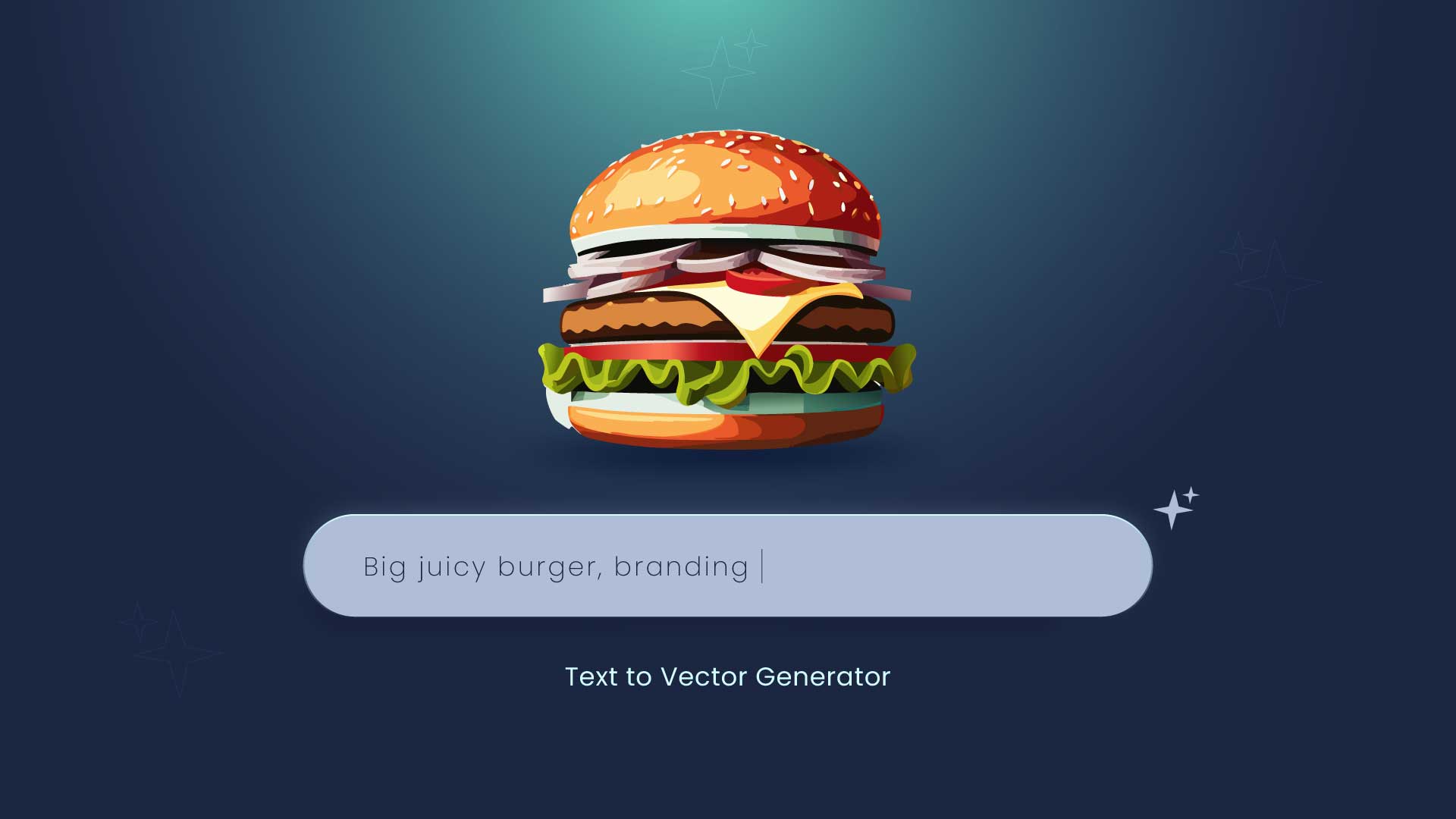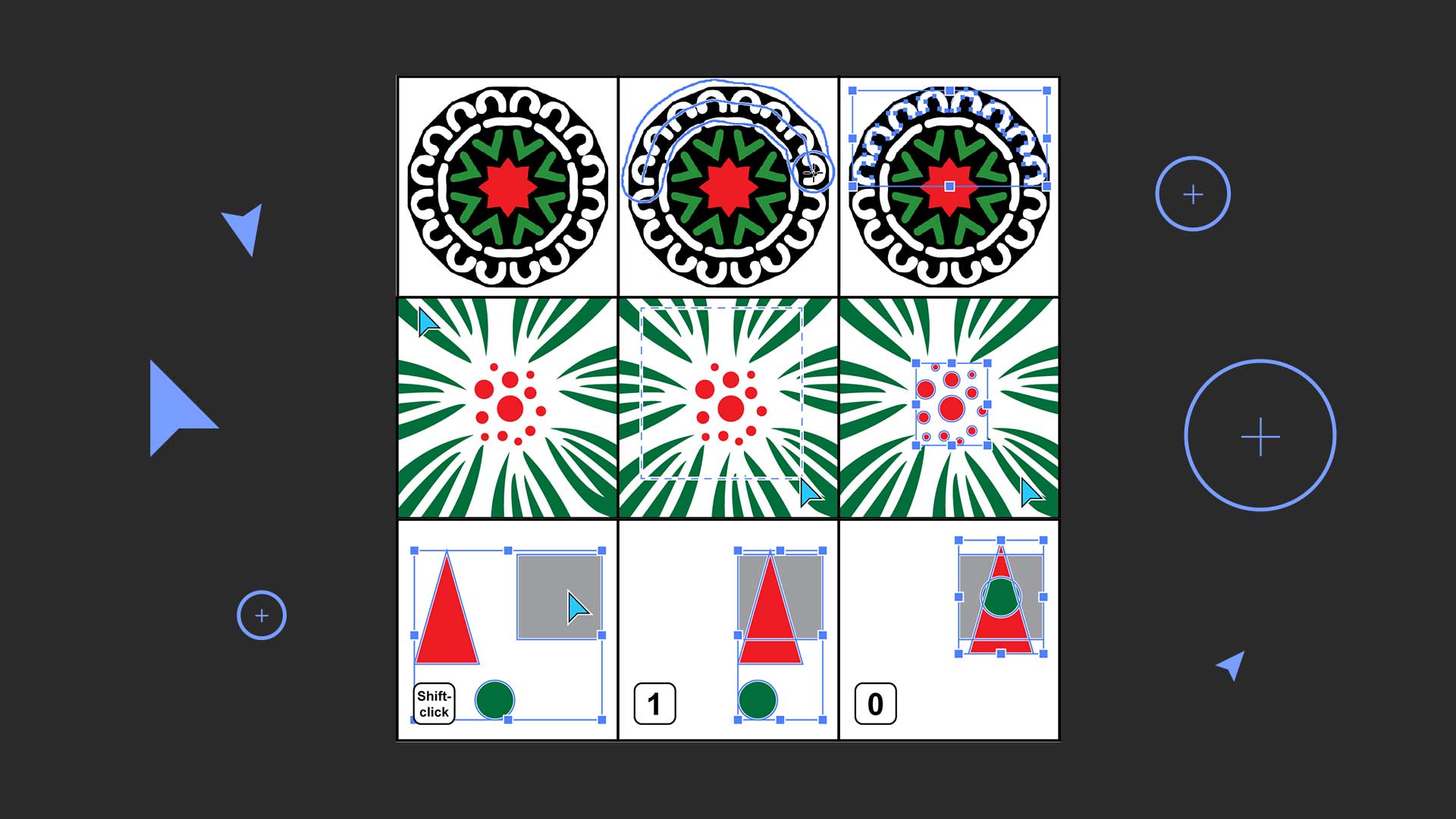Introduction to 3D Animation and Rigging
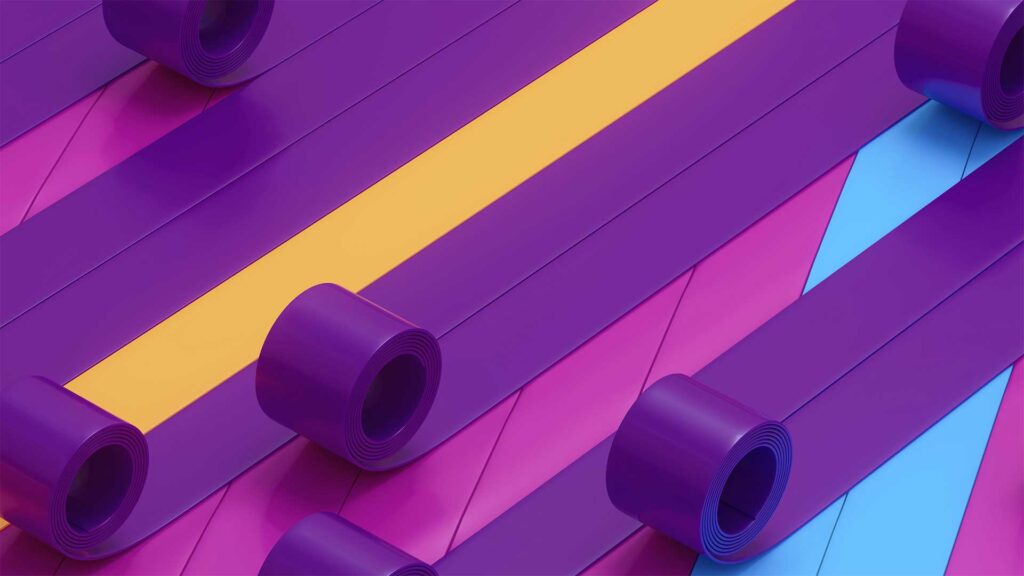
Introduction to 3D Animation and Rigging
What is 3D Animation and Rigging?
3D animation creates moving images in a three-dimensional (3D) environment, giving the illusion that these digital objects are moving through a 3D space. The technique of building a skeleton for a 3D model so that it can move is known as 3D rigging.
Characters are typically rigged before they are animated since character models without rigs cannot be distorted or moved around. Rigging can be a very complicated and challenging procedure at times, but with some practice, you’ll be designing beautiful rigs in no time.
Importance of 3D Animation and Rigging in various industries
3D animation and rigging play an essential role in various industries. In entertainment, 3D animation is used to create video games, movies, TV shows, and other forms of entertainment.
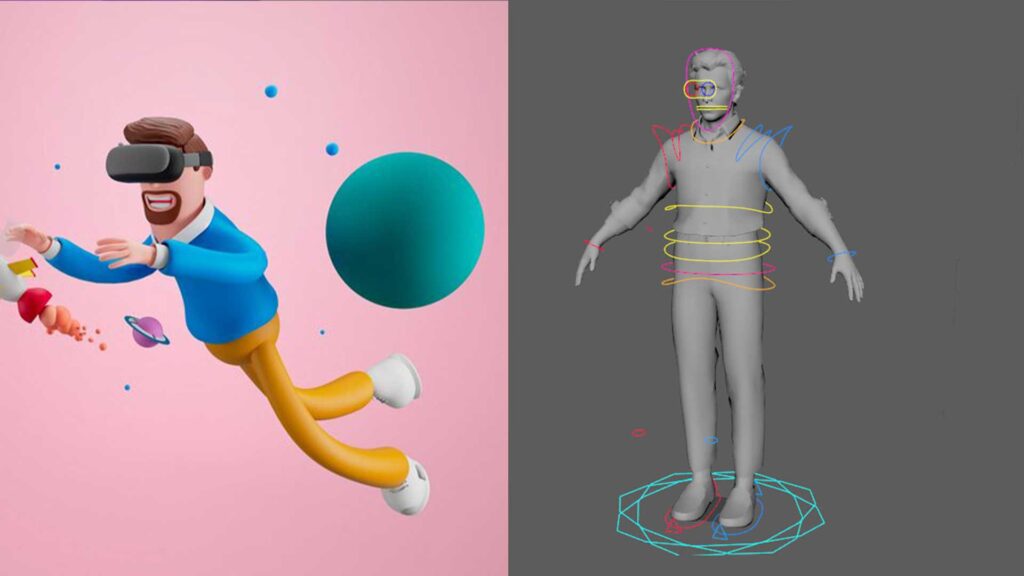
Rigging controls the skeleton control system so the movement of 3D characters looks more realistic and believable.
Besides entertainment, 3D animation and rigging are essential in other industries like architecture and engineering, product design, marketing and advertising, education, and medicine.
Definition of 3D animation
The process of creating moving three-dimensional visuals in a digital context is known as 3D animation. These graphics are created with 3D software, allowing animators to make computerized things that appear in 3D while on a 2D surface.
Animators can make anything from a video game character to a car in an advertisement appear moving in three dimensions using visual effects and exact timing.
Understanding of 3D Animation
Creating moving visuals in a three-dimensional (3D) environment is known as 3D animation. It is accomplished through computer software to build and modify digital objects or through specialist hardware such as motion capture (mo-cap) devices.
Modelling creates a 3D model of an object or figure you want to animate.
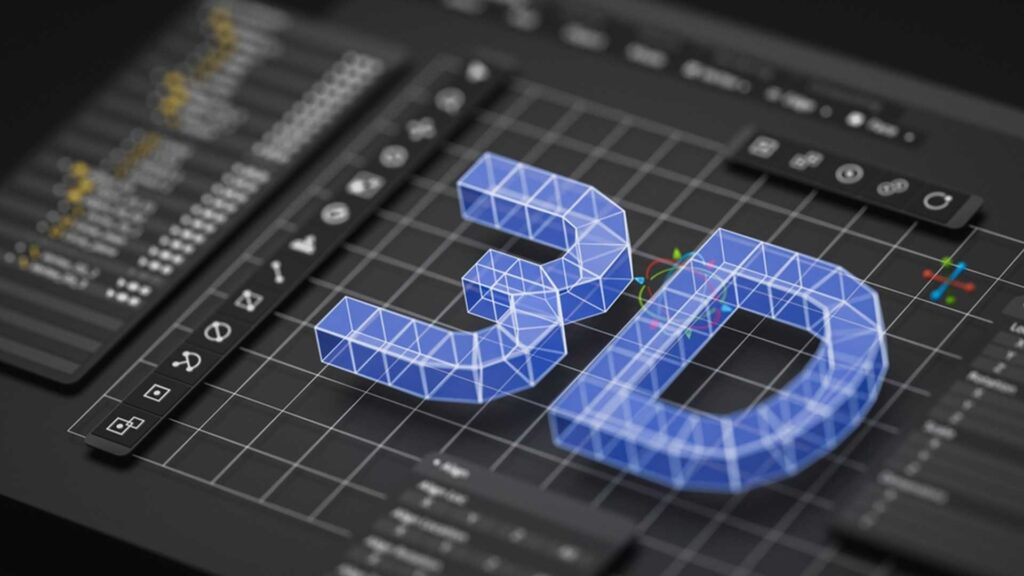
Rigging: is the process of adding bones and joints to a model so that it may be moved and animated.
Animation: animation is moving the model and creating the desired movement.
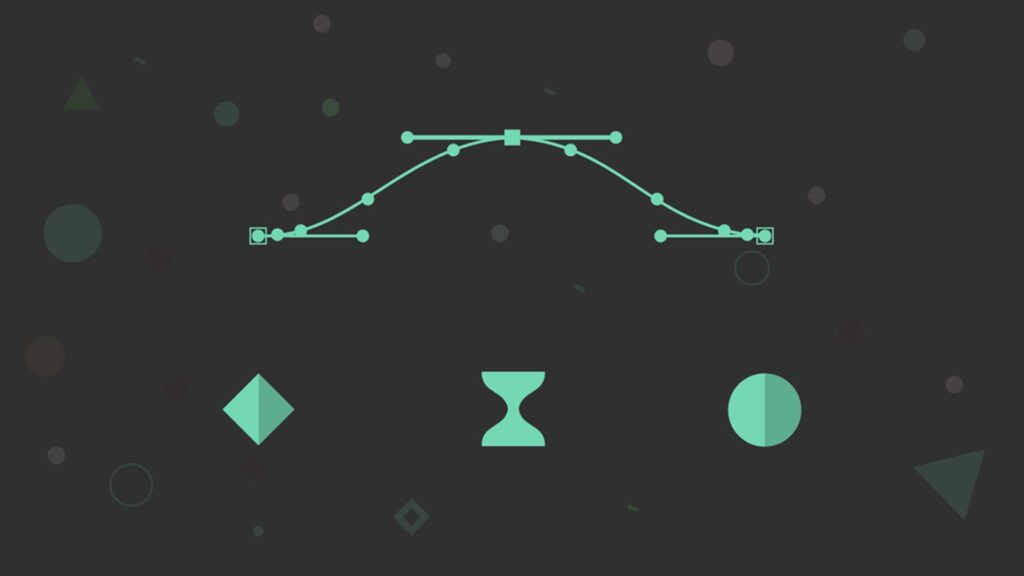
Lighting and rendering: The process of creating the final image or video.
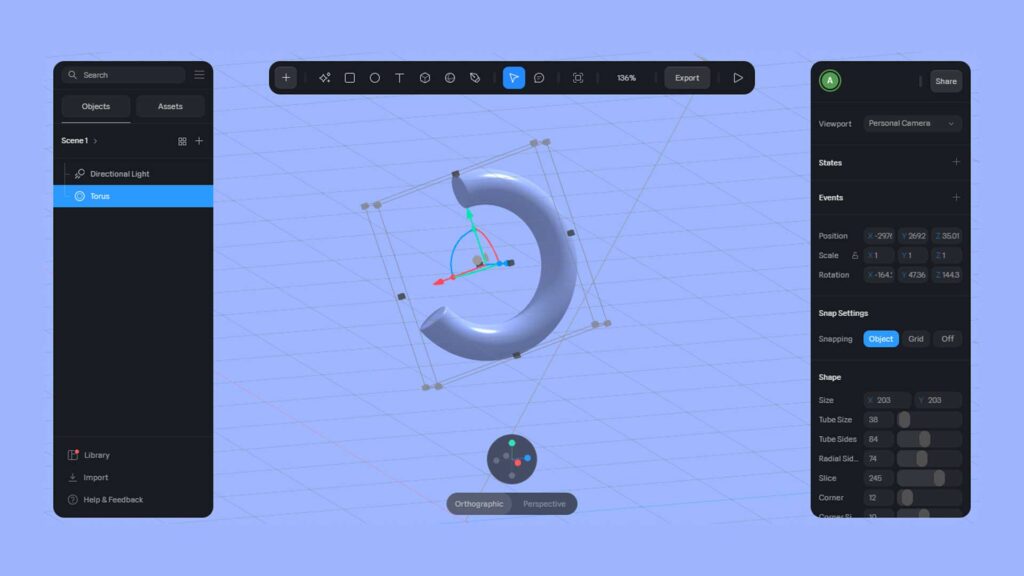
3D Animation is a difficult process, but continuous practice and the use of the right software make it easier for the 3D animators to tell their story in a totally new way to the whole world.
Different types of 3D animation techniques
There are several types of 3d animation techniques, some of which are discussed below,
Motion capture
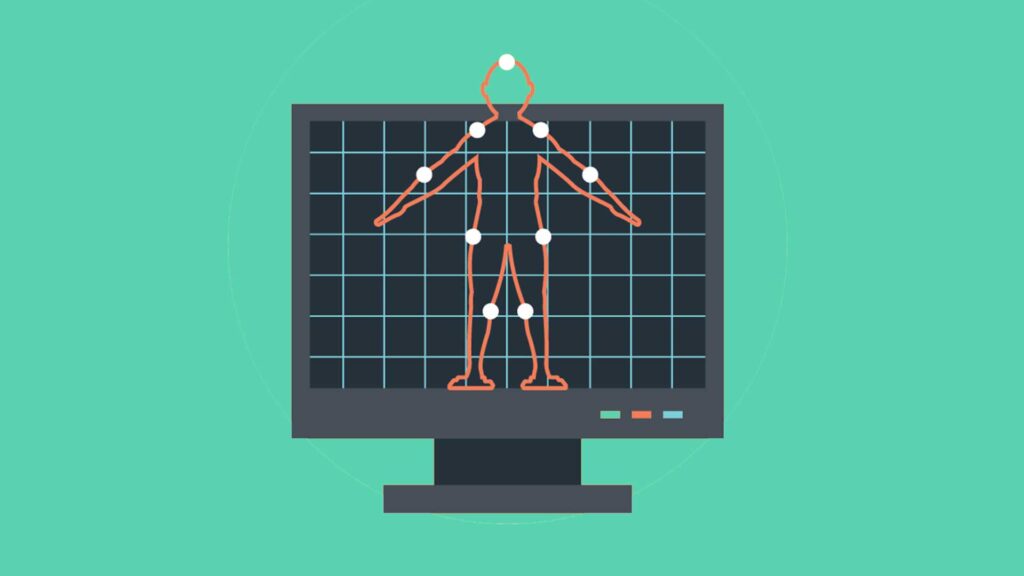
Motion capture, sometimes known as mo-cap, is a style of 3D computer animation in which real actors and objects are recorded and animated. This is done by attaching specific sensors to the actors, recording the motions captured by these sensors, and then turning the data into a completed animation.
Keyframe animation
Keyframe animation is the most fundamental type of 3D animation. The animator places keyframes at various periods in time for the object or figure, and the software calculates the movement between the keyframes.

Procedural animation
Algorithms are used to generate movement in procedural animation. This is frequently used to generate complex effects like fluid models and particle systems.
The Role of Rigging in 3D Animation
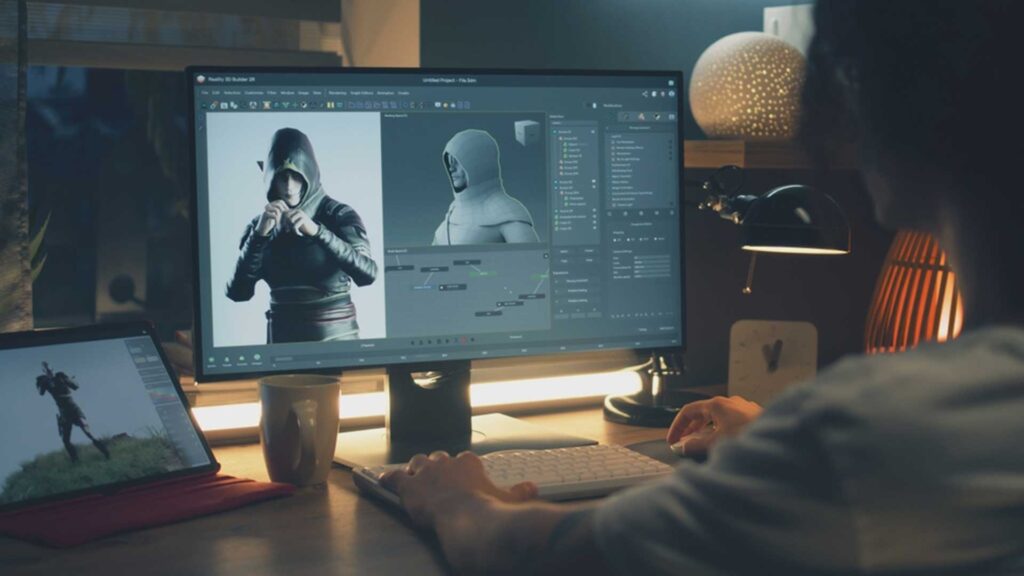
Definition and Purpose of Rigging
The technique of building a skeleton for a 3D model so that it can move is known as 3D rigging. Characters are typically rigged before they are animated since character models without rigs cannot be distorted or moved around.
3D rigging aids in forming an invisible bone structure that dictates how the movement will occur in animation. During the rendering process, an animation or 3D rig can be visible in a 3D viewpoint but not in the final render.
This approach allows you to control the movement of the 3D image and make modifications to the 3D objects based on the needs of the animation.
Importance of rigging in creating realistic and believable characters
A well-rigged character allows the animator to generate realistic and expressive movements, gestures, and facial expressions that improve the performance and personality of the character.
Character design and rigging require a wide range of skills, including aesthetic abilities such as a good understanding of anatomy, proportion, color, lighting, and style.
Technical abilities for software and tools utilized in character design and rigging are also required, as well as expertise in 3D modelling, texturing, shading, skinning, deformers, and controllers.
Troubleshooting and problem-solving abilities are also required for identifying and fixing any issues that may develop during the procedure. You can create valuable, realistic, and believable characters after refining these skills and using the proper tools and techniques.
Techniques and tools for 3D Animation and Rigging
Overview of popular software for 3D animation and rigging
Blender
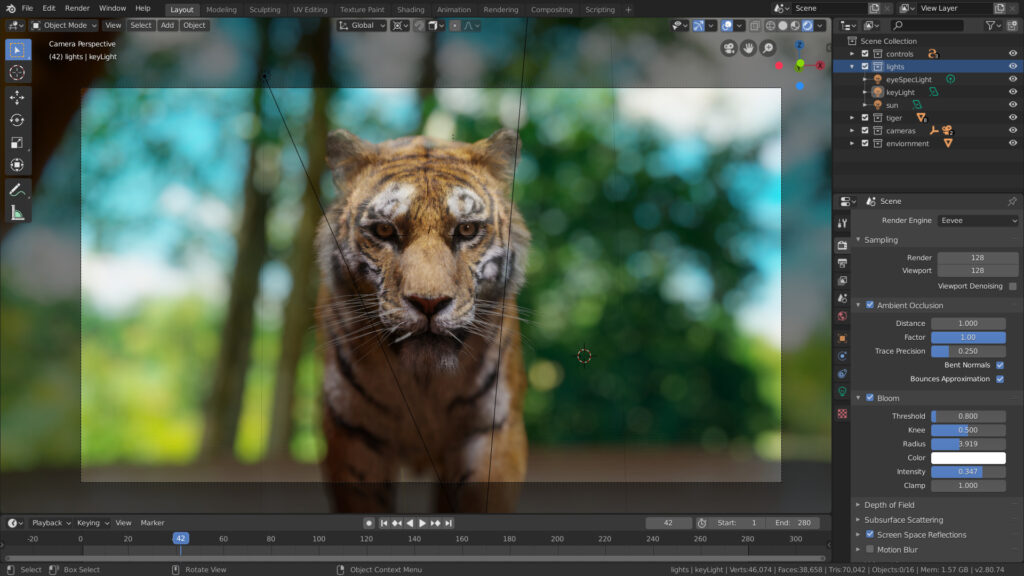
Blender is a free and open-source 3D computer graphics software tool that may be used to create animated films, visual effects, art, 3D-printed models, motion graphics, interactive 3D apps, virtual reality, and video games.
3D modeling, UV mapping, texturing, digital sketching, raster graphics editing, rigging and skinning, fluid and smoke simulation, particle simulation, soft body simulation, sculpting, animation, match movement, rendering, motion graphics, video editing, and compositing are among the features of Blender.
Blender is a strong and adaptable 3D animation software suite used by experts in a variety of fields such as film, television, video games, and product design. It is also well-liked among enthusiasts and students.
Autodesk Maya
Maya is a favorite among 3D animators due to its highly flexible user interface. It has appeared in numerous feature films, including Transformers and Harry Potter, television shows such as South Park and Game of Thrones, and computer games such as the Halo series.

This 3D animation software has a simple auto-rig tool that can handle quads and winged models. Manually rigging a character is frequently tricky because the weights for each bone must be separately painted.
Maya takes care of this for you by creating a complex, skinned, weighted rig ready for 3D animation.
This 3D animation software also includes various automation tools for animation along curves or routes, making 3D animation nearly child’s play.
Cinema 4D
It is well known that this program has the best animation tools and effects. It is a simple program that contains practically all animation and 3D capabilities. Most 3D animators and artists utilize the program.
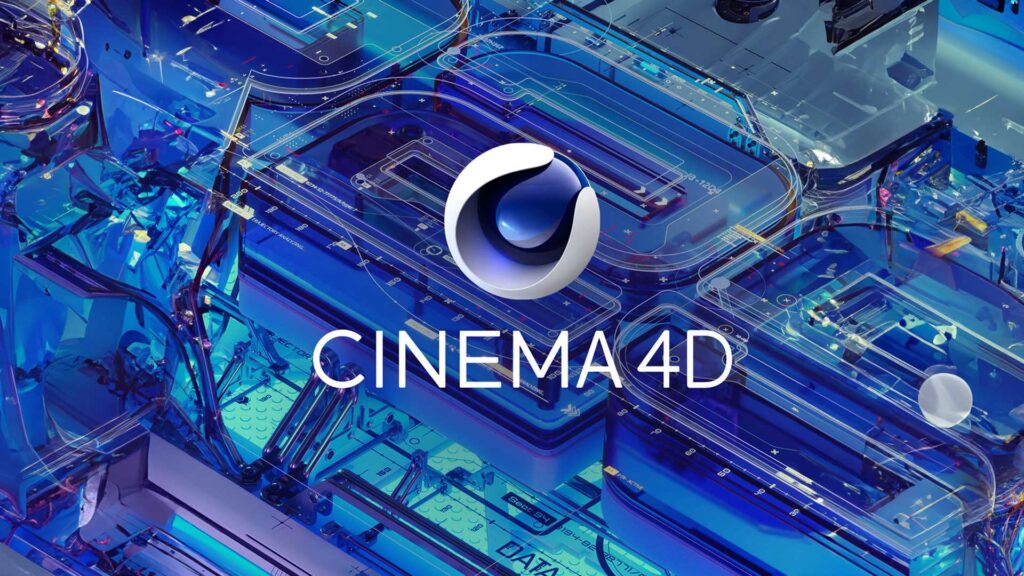
The program provides prompt outputs and outcomes. The program’s easy-to-use interfaces and simple appearance are helpful for beginners.
A significant user base for Cinema 4D also exists, and it helps new users learn the application quickly by offering lessons and examples. A powerful engine supported by the application aids in obtaining realistic images.
Essential Techniques used in 3D animation and Rigging
Character modeling
A 3D representation of an object or character is made through the modelling process. Numerous methods can achieve this, including sculpting, polygon modelling, and NURBS modelling.
Rigging
A 3D model is rigged to be moved and animated by adding bones and joints. The model’s movement is governed by the rig, which is a skeleton.
Animation
The process of making a 3D model move is called animation. There are numerous methods for doing this, including:
- Keyframes
- Motion capture
- Procedural animation
Lighting and rendering
The process of applying light and shadow to a 3D environment and creating the final image or video is known as lighting and rendering.
Applications of 3D animation and rigging
Use of 3D animation and rigging in film and industry
3D animation and rigging play a crucial role in film and industry. 3D is used to create movies and TV shows, and rigging creates skeletons and control systems that allow animators to move 3D characters realistically and believably.
Use of 3D animation and rigging in video games
When more and more firms began to release their innovative and ground-breaking 3D games, such as the video game Quake and the arcade game I, Robot, video games, their three-dimensional experience gained remarkable fame.
Today’s games unquestionably have considerably higher-quality 3D graphics and animation than their predecessors; some are now referred to as 2.5D games due to this improvement.
Use of 3D animation and rigging in product design
To build prototypes and mockups of new items, 3D animation is used. By doing this, product designers may test their concepts and obtain input from users and funders before moving on with production.
Use of 3D animation and rigging in Marketing and advertising:
To produce interesting and aesthetically pleasing marketing and advertising materials, 3D animation is used. Commercials, product demos, and instructional videos can all fall under this category.
Conclusion
In conclusion, 3D animation and rigging are essential in various sectors because they make it possible to create visually attractive and realistic people and environments.
For prospective animators and riggers, understanding the principles of 3D animation and rigging and the tools and techniques involved opens up exciting opportunities.
The strength of 3D animation and rigging continues to influence how we encounter digital media, whether it be in gaming, movies, or other industries.
-
Generate Vector Graphics from a Detailed Text Description in Illustrator
Generate Vector Graphics from a Detailed Text Description in Illustrator in 2024 The Text to Vector Graphic Generate (beta) function in Illustrator…
-
Best Adobe Illustrator Plug-in for Selections
Adobe Illustrator is a powerful tool for graphic designers and artistic professionals. It offers countless plugins that take your illustration skills to…
-
Identify fonts from images using Retype (beta) in Illustrator
Identify fonts from images using Retype (beta) in Illustrator in 2024 Find font from images option is now available in Illustrator (Beta),…
